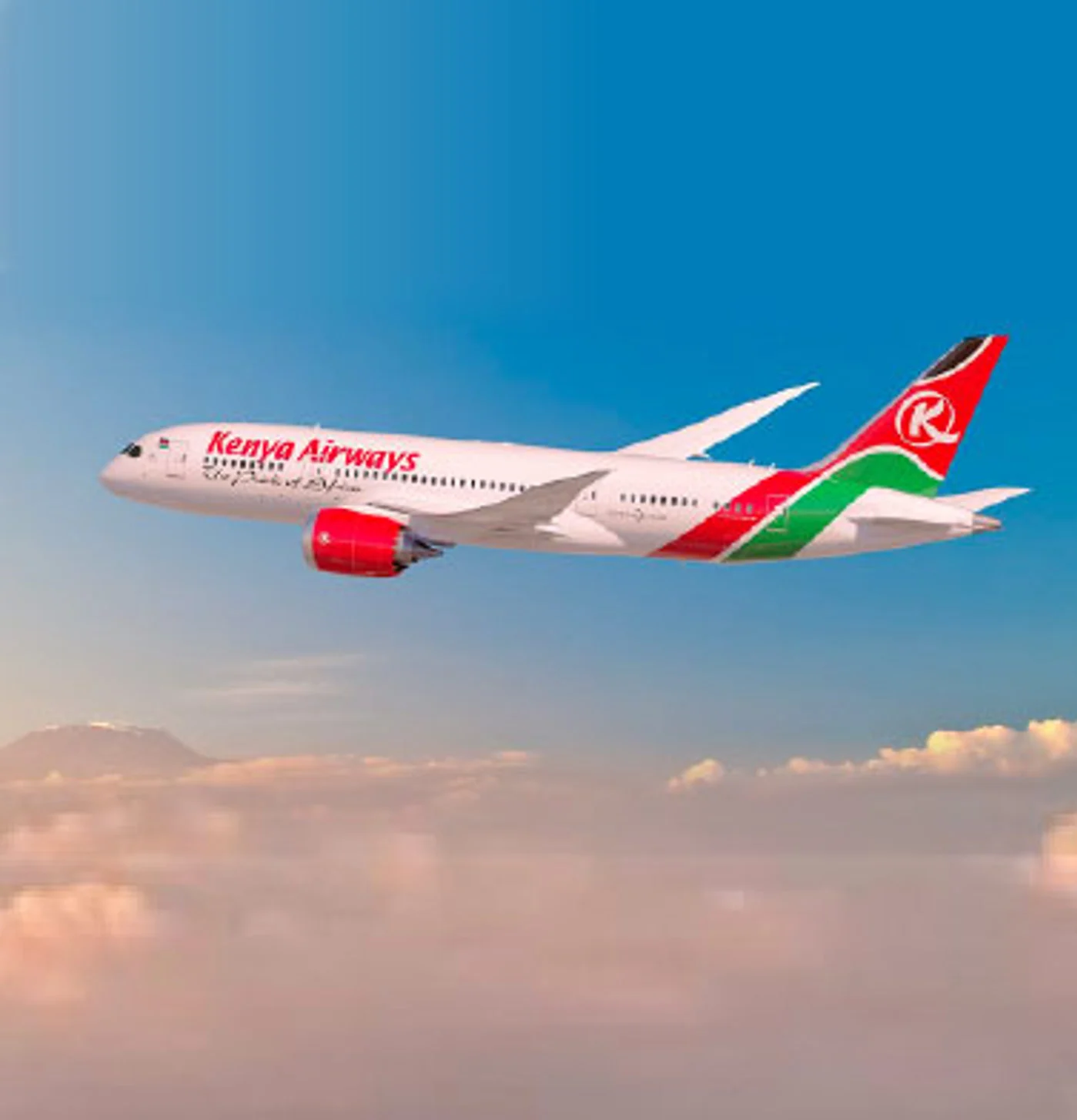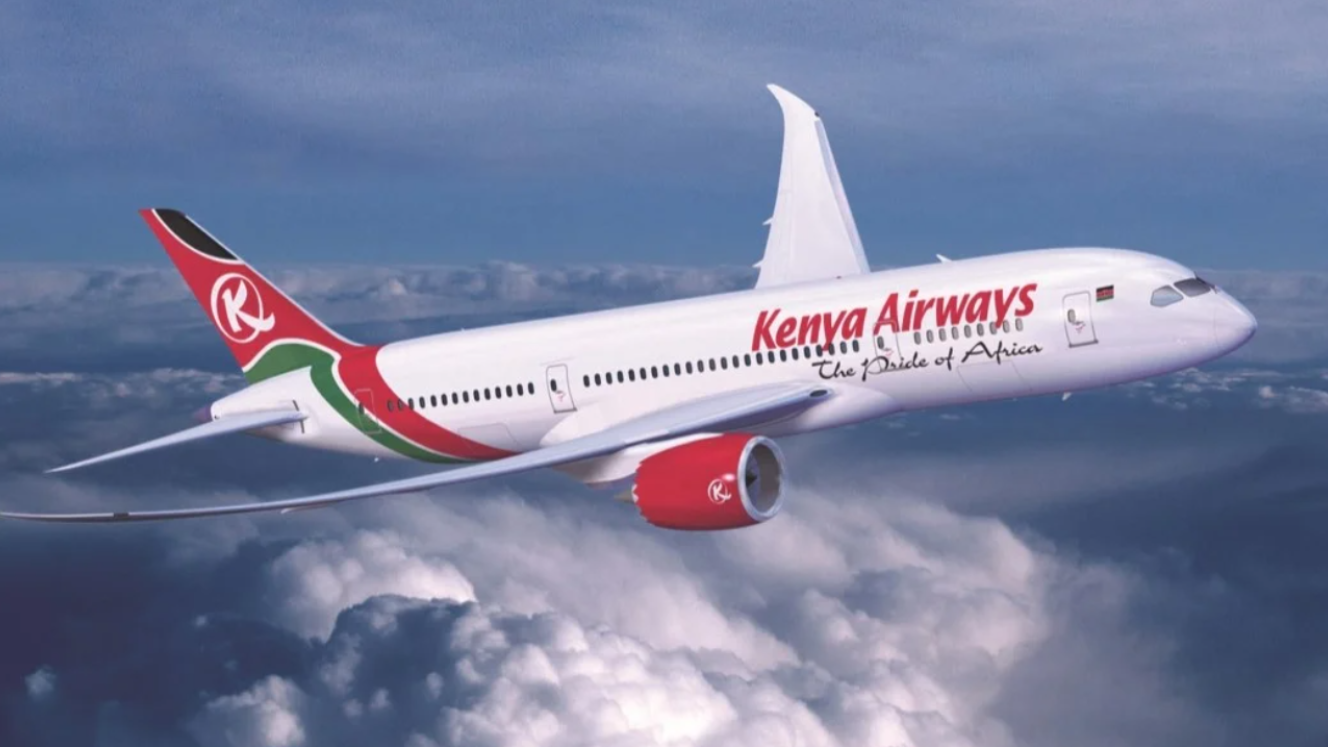One of the fastest ways to fly from Nairobi, Kenya, to Marrakech, Morocco, is via Paris, France.


Despite being on the same continent, around 3,700 miles miles apart, the two destinations have no direct flights.
It’s not just these two metropolises: many of the continent’s capitals and largest cities have no direct flights, or very limited schedules, which often means travelers end up making multiple layovers, typically in Europe or the Middle East.
“The biggest challenge is market access, in the context of allowing airlines to move passengers freely in and out of the African cities without the restrictions that currently exist,” says Raphael Kuuchi, consulting director of government, legal and industry affairs at the African Airlines Association (AFRAA).
The continent’s aviation sector largely operates on bilateral air service agreements, contracts made between individual countries that restrict which airlines can operate specific routes.
Many groups, including AFRAA, are trying to move the continent toward a single aviation market, like the European Union (EU), which allows any EU airline to operate any route within the territory, and removes restrictions on operations like pricing and frequency, provided airports have slots available.
In addition to lack of connectivity, Africa’s aviation sector is plagued with high costs, infrastructure challenges, regulatory constraints and safety concerns, according to the International Air Transport Association (IATA). The region needs more investment in infrastructure, safety oversight and regional hubs: the African Development Bank estimates a $25 billion funding gap by 2040.
Africa’s aviation sector was estimated to support $75 billion in economic activity and 8.1 million jobs, according to the IATA. But the continent accounts for just 2% of air travelers worldwide — a huge opportunity for growth.
A 2021 report from the IATA predicts that liberalized markets could create more than half a million jobs in Africa, and add nearly $4 billion to its GDP.
“Africa is one of the fastest-growing markets when it comes to aviation,” says Kuuchi, adding that there are now coordinated efforts between organizations including the African Union, AFRAA and the African Civil Aviation Commission “to ensure that our citizens are able to move about much more freely and cost effectively.”
A slow take off
In Europe, flights within the continent account for two-thirds of routes, but in Africa, intra-continental flights make up just 21%.
Part of the problem is economies of scale, says Kirby Gordon, chief marketing officer for FlySafair, one of the continent’s leading low-cost carriers and the second largest by seat capacity.
“The reality is, air travel in Africa is still really, really, really tiny compared to the rest of the world,” says Gordon. “We’re the largest Boeing (737) operator in Africa, and we’ve got 37 aircraft — compared to Southwest, which is a portion of the North American market, and they’ve got, like, 800.”
FlySafair launched in South Africa 2014, and today has nine domestic and five international routes.
The five intra-African routes they’ve established are “well-trodden,” and align with major tourism spots, like Victoria Falls in Zimbabwe, or business hubs, like Windhoek, Namibia.
“When it comes to looking at intra-African travel, a number of routes can still be quite thin, they’re still sort of in a developmental phase,” says Gordon.
“Many of the city pairs in Africa, the daily average passenger throughput is below 100 seats,” says AFRAA’s Kuuchi. “If you have an airline operating on such a route, and the minimum size of your aircraft is probably a 737, which has over 120 seats, it might not be economically viable for you to operate that route.”
This low demand drives prices up, as do higher operational costs — including jet fuel prices, infrastructural inefficiencies and airport taxes, says Somas Appavou, IATA’s regional director for external affairs in Africa. While globally, airlines make around $7 per passenger, in Africa, it’s just $1, he says, adding: “This is basically what is not allowing aviation to have the proper take off in in Africa.”
Many African states treat aviation as a “cash cow,” burdening the sector with high taxes and excessive fees, Appavou says, adding that these policies are shortsighted: “Aviation is an enabler; taxing aviation itself will not bring you what it could in terms of contribution to your GDP and job creation.”
While lower fares would help, price is not the only barrier, says Gordon: “When it actually comes to that leisure market, you need to make sure that your population has the means.”
In 2024, Africa’s average GDP per capita was around $2,885, according to data from the World Bank, compared to the global average of $13,664, leaving air travel out of reach for many people on the continent.
While there are many factors working against Africa’s aviation sector, “getting an open skies solution in place would be such a game changer,” says Gordon. “Because of our scale, the whole industry is really quite fragile, and it really needs every opportunity in order to really be able to grow and thrive as best that it possibly can.”
Sky-high ambitions
A flagship African Union initiative, the Single African Air Transport Market (SAATM), launched in 2018 to improve intra-African air travel. So far, 38 countries — including Kenya, Nigeria, South Africa, Ethiopia, and Rwanda — have signed the commitment.
However, implementation has been uneven, says Kuuchi. SAATM has drafted regulations, including rules around continental competition and consumer protection, which are now being shared country-to-country in a “pilot implementation project” to introduce the framework to aviation stakeholders.
“This is yielding very good results,” says Kuuchi. “In the last four years we have seen 108 new routes developed.”
Alignment of visa policies between nations could also boost travel. SAATM is encouraging nations to adopt visa-free initiatives for African nations, or e-visas and visas on arrival, to promote free movement on the continent, says Kuuchi.
Currently, only Benin, Rwanda, Seychelles, The Gambia and Ghana allow visa-free entry to all African passport holders, but Kuuchi says more nations are beginning to relax their visa policies.
Some countries are already flying high with their aviation ambitions, says the IATA’s Appavou, highlighting Ethiopia and Rwanda: “Aviation is a pillar of their economic development strategy, and it is very clear both nations have been investing massively in infrastructure, including airports.”
Ethiopian Airlines — one of the continent’s oldest airlines, and its largest by seat capacity — has outgrown its current home at Addis Ababa’s Bole Airport, and is now seeking investors to support its $10 billion “mega airport,” which it says will be the largest on the continent and will initially host 60 million passengers.
RwandAir, although newer, is making bold moves in the market. It began operations a little over two decades ago, and serves 17 routes in Africa, and five internationally including London, Paris and Dubai.
Rwanda has been highly committed to the SAATM initiative, implementing measures like visa-on-arrival. Its new $2 billion airport is slated to open next year.
“Developing those airports into major hubs on the continent has boosted investment, trade and tourism,” says Appavou, adding that East Africa — which includes Ethiopia, Kenya, and Rwanda — is generally better connected, as the region exports a high number of perishable goods, which require fast, frequent and reliable connectivity.

The EU is also supporting the continent’s single aviation market ambitions with financial and technical assistance, says Javier Niño Pérez, the ambassador of the European Union to the African Union and the UN Economic Commission for Africa.
A €5 million ($5.8 million) program has been running for four years, providing expertise from the EU Aviation Safety Agency, and this program is being renewed with an additional €10 million ($11.6 million), extending support through 2030.
“Based on the 30 years of experience we have with the EU single market, we’re fully aware that air connectivity is existential, because it is an engine for trade, it creates jobs, it creates business,” says Pérez.
“Air connectivity is existential, because it is an engine for trade, it creates jobs, it creates business.”Javier Niño Pérez, EU ambassador to the African Union
There’s still a way to go, though. Ongoing conflicts are a challenge for the region, and competing priorities — including food security, climate change and universal energy access — often mean the aviation sector is overlooked.
Despite the challenges, Pérez is optimistic for the sector’s future, and believes it’s “one of the most significant elements” of Africa’s future political, trade and operational integration as a continent.
Appavou agrees. He emphasizes the huge geographical scale of Africa — comparing flying the continent north-to-south as the same as traveling from New York to Istanbul, and east-to-west as going from Paris to Mumbai — is as much of a challenge as it is an opportunity, and change isn’t going to happen overnight.
Regional blocs — like the East African Community, or ECOWAS, a collection of 15 nations in West Africa — already have economic and trade deals in place, making it easier to form open-sky aviation agreements, which can then be scaled to the continent, he says.
“When governments actually see aviation as a strategic enabler, the results go beyond the runway,” says Appavou. “It really has a multiplying effect.”
Source: CNN
